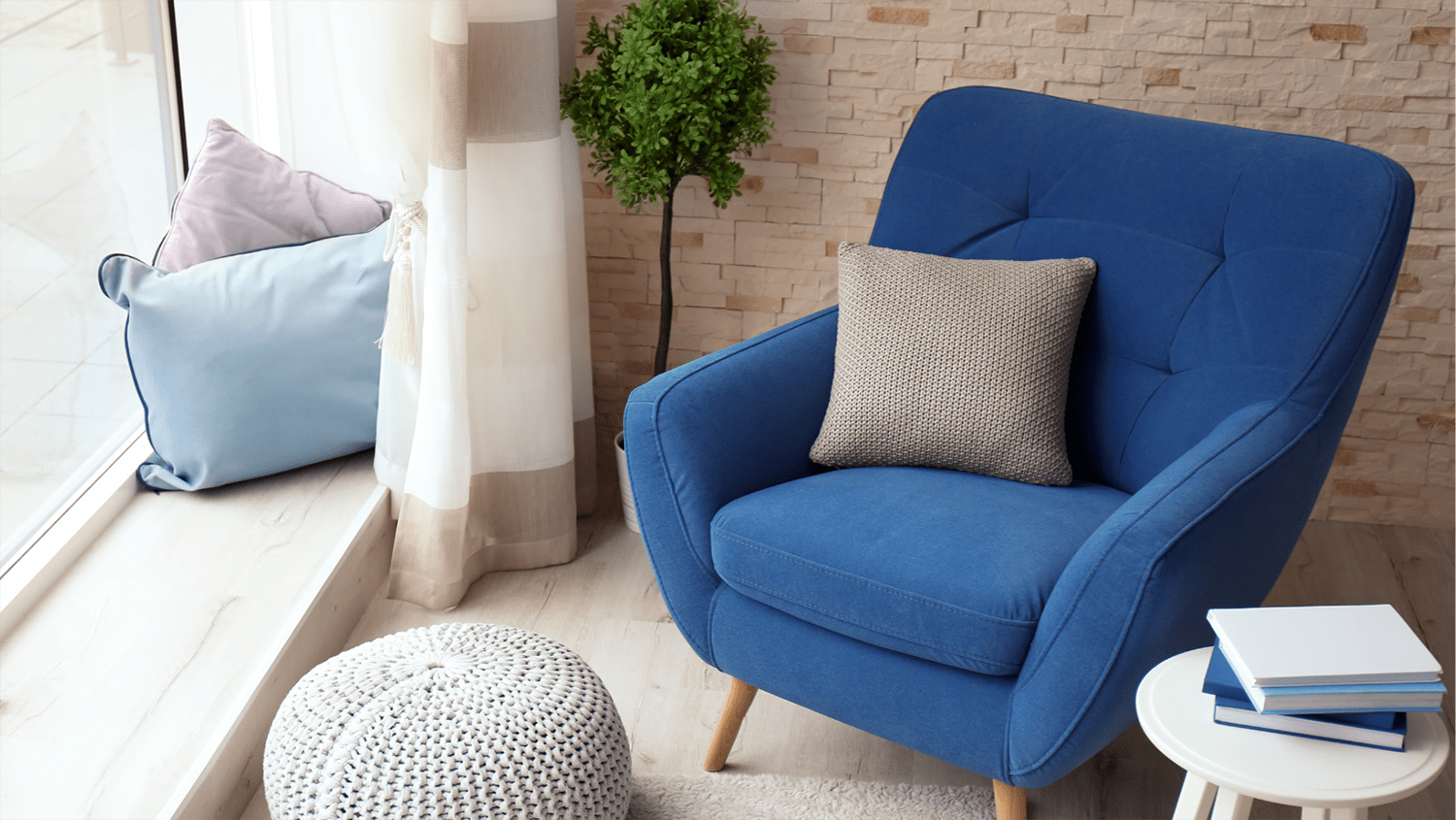
Creating Inclusive Spaces: The Significance of Sensory-Friendly Areas at Events
In a diverse world constantly buzzing with activity, the importance of creating inclusive and accommodating spaces cannot be overstated. One such initiative is the establishment of sensory-friendly areas at events. These spaces are crucial for individuals who might find the usual hustle and bustle of social gatherings overwhelming. While everyone can benefit from the sensory reset, they are particularly important to neurodivergent adults, offering a haven where they can destress, refocus, and comfortably engage with the event at their own pace.
Sensory Overload: A Barrier to Inclusion
Neurodivergent individuals, including those with Autism Spectrum Disorders, ADHD, and Sensory Processing Disorders, often experience sensory sensitivities. The cacophony of sounds, flurry of movements, and a barrage of visual stimuli common at events can trigger sensory overload, leading to anxiety, discomfort, or even physical pain. This sensory bombardment acts as a barrier, preventing neurodivergent adults from fully participating in social events and community gatherings.
Sensory-Friendly Areas: A Step Towards Inclusivity
Sensory-friendly areas are quiet, controlled spaces designed to minimize sensory stimulation. They are equipped with soft lighting, comfortable seating, and often have resources like noise-cancelling headphones, fidget tools, and calming sensory objects. These areas provide a respite from the overwhelming stimuli, allowing individuals to regulate their sensory input, reduce stress, and re-focus.
The Multifaceted Benefits
- Stress Reduction:
– By offering a calm environment, sensory-friendly areas help in significantly reducing stress and anxiety that might arise from sensory overload.
- Enhanced Focus and Engagement:
– Once sensory overload is managed, individuals can re-focus and engage with the event at their pace, in a more meaningful way.
- Promotes Social Inclusion:
– By providing for the sensory needs of all people, including neurodivergent individuals, events become more accessible and inclusive, promoting a sense of belonging and community engagement.
- Educational Aspect:
– The presence of sensory-friendly areas also serves as an educational tool, raising awareness about neurodiversity and the importance of creating accommodating environments.
The Ripple Effect
The initiative of incorporating sensory-friendly areas in events goes beyond just providing a quiet space. It reflects a broader societal recognition and acceptance of neurodiversity. It fosters a culture of inclusivity, understanding, and respect for the different ways in which people interact with the world around them.
Moreover, sensory-friendly areas are not just beneficial for neurodivergent individuals. They offer a quiet space for anyone who might need a break for mindful reflection, a moment to be unplugged, and a respite from the sensory intensity of a large gathering, thus enhancing the overall event experience for all attendees.
Creating sensory-friendly areas at events is a simple yet impactful step towards building more inclusive and welcoming communities. By acknowledging and providing space for the diverse sensory needs of individuals, we are not only enhancing the event experience but also taking strides in promoting a more inclusive and understanding society.
To learn more about ways to incorporate sensory-friendly zones at your next event, contact us.
For more information on designing for neurodiversity, visit https://www.neurodiversitynetwork.net/, (https://www.architecturaldigest.com/story/is-designing-for-neurodiversity-a-part-of-your-practice), https://www.hok.com/ideas/publications/hok-designing-a-neurodiverse-workplace/



